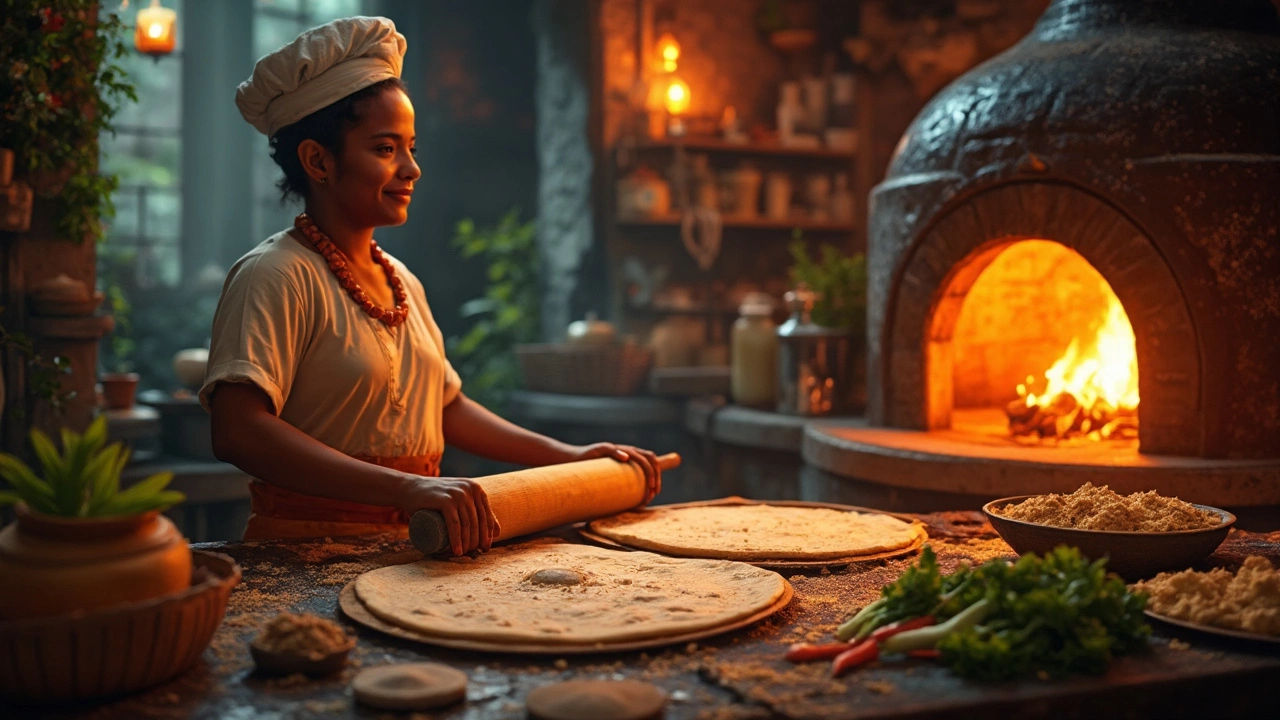Paratha Calories – How Many Energy Points Are in This Indian Flatbread?
When working with Paratha calories, the amount of energy a paratha provides per serving. Also known as calorie count of paratha, it helps home cooks manage nutrition without giving up flavor. Most people think a paratha is just a tasty side, but the numbers behind it tell a useful story. The calorie total is a snapshot of fat, carbs, and protein that hit your plate once the dough meets hot oil.
To understand those numbers, meet the key players. Paratha, a layered, pan‑fried Indian flatbread made from whole‑wheat flour. It’s often stuffed with veggies, paneer, or meat, which adds extra calories. Then there’s Calories, a unit measuring the energy food gives the body. Calories aren’t bad; they’re the fuel you need, but the source matters. Finally, Indian flatbread, the family that includes roti, chapati, and naan, shows why cooking method changes the math – a baked roti is lighter than a pan‑fried paratha.
What Affects Paratha Calorie Count?
First, the dough. Whole‑wheat flour contributes complex carbs and a modest amount of protein. Adding ghee or oil to the dough raises the fat content, which spikes calories. A typical plain paratha made with one tablespoon of oil can hold around 200‑250 calories, while a stuffed version with potatoes or paneer pushes that to 300‑350.
Second, the cooking technique. Frying on a high‑heat tawa with generous oil creates a crisp, buttery layer – great taste, higher calorie load. Using less oil, a non‑stick pan, or finishing the paratha in the oven trims the fat absorbed, shaving off 50‑100 calories without sacrificing texture.
Third, portion size. One medium paratha (about 80‑gram) is the standard serving. Doubling the size or stacking two together doubles the energy intake. Measuring the dough before cooking gives a reliable calorie estimate.
Fourth, fillings. Veggie fillings like grated carrots or spinach add fiber and micronutrients with minimal calories. Cheese or meat fillings bring protein and calcium but also saturated fat, so the calorie count climbs. Balancing a protein‑rich filling with a lean cooking style keeps the dish satisfying yet reasonable.
Finally, accompanying sides. Pairing a paratha with a bowl of dal, a yogurt raita, or fresh salad can lower the overall calorie density of the meal. The side dishes add nutrients and satiety, letting you enjoy a generous paratha without overeating.
All these factors—ingredients, oil, size, and pairings—form a web of decisions that determine the final number you see on a nutrition label. Knowing the web helps you tweak recipes to fit your daily energy goals.
Below you’ll find a curated set of articles that break down classic Indian dishes, compare protein sources, explain why certain cooking tricks work, and give you practical tips to control calories while still loving the flavors of India. Dive in, pick the advice that matches your kitchen, and start counting paratha calories with confidence.

Calories in Roti vs. Paratha: What's the Difference?
Unlock the secrets behind roti and paratha calories, clarifying which is better for your diet. Discover step-by-step guides on managing calorie intake with these popular Indian staples, including tips on enjoying them without guilt. Compare the calorie content of different versions and learn how to incorporate them wisely into a healthy lifestyle. This guide demystifies calorie counts, helping you make informed dietary decisions.